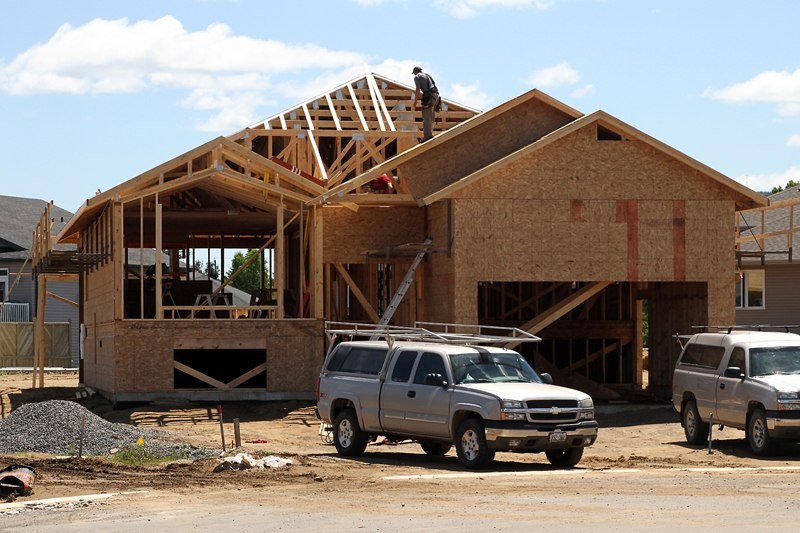THUNDER BAY — An ambitious application for federal funding could help the City of Thunder Bay jolt local housing development.
The city is preparing an application for up to $50 million through the Housing Accelerator Fund, a federal program meant to kickstart 100,000 new home builds across the country, with a focus on urban infill and affordable housing.
Municipal staff say the city’s application, if approved in full, could help support construction of roughly 1,700 new housing units over three years.
That would represent a rate of new builds more than three times the city’s current pace, amounting to more housing stock than the city estimates is currently needed.
Joel DePeuter, the city’s director of development services, acknowledged the city will face stiff competition for the federal dollars, and is unlikely to receive the full $50 million it’s seeking on paper.
However, he argued Thunder Bay has a strong case for housing support, and said even a fraction of that funding could be a game-changer.
“It’s intended to result in pretty significant change in terms of housing supply, and also the type of housing supply,” he said. “This program [is] very focused on infill development, so taking advantage of existing services, affordable housing, and addressing that sort of starter home, ‘missing middle’ housing that is becoming out of reach, particularly in Ontario.”
Municipalities are expected to submit an action plan with their applications to the housing accelerator program, detailing specific steps they will take to reach their housing targets.
Thunder Bay’s draft plan leans heavily on financial incentives, proposing grant programs to encourage accessory units in existing homes, conversion of parking lots to housing, and infill development in core areas.
DePeuter said grants through those programs could be in the order of $30,000 per unit, thought details are still being fleshed out.
The plan also proposes creating an affordable housing navigator position that would assist groups looking to build affordable housing, and an affordable housing community improvement plan.
Lastly, the action plan contemplates brownfield rehabilitation work and infrastructure investments to “unlock… residential development potential,” which could include extending water and wastewater services.
Some incentive funding could support new subdivisions, DePeuter said, but he added infill would be emphasized.
“There is base funding for new subdivisions, housing units generally,” he said. “However, it’s clear this funding program is not about extending services… There is a clear focus on infill and affordability.”
The federal government included $4 billion for the housing accelerator program in the 2022 budget, running through 2027.
Nationally, the program is meant to fast-track the creation of 100,000 new housing units.
Work on a housing needs study the city is currently conducting suggests Thunder Bay is around 900 units short of what is needed to meet housing needs, DePeuter said.
The city’s application lays out growth scenarios through 2026 that range from creating 865 new units all the way to 2,273 new units.
However, based on current trends and without support from the housing accelerator program, the city is on track for just 521 new builds in that time frame, staff reported.
Thunder Bay does not meet the housing accelerator program’s yearly growth rate requirement of 1.1 per cent, which is the national average.
The city had a growth rate of just 0.6 per cent in 2022, but city staff reported the program will consider cities that do not meet the requirement.
The city argues its growth is on the rise, and that official statistics don’t fully capture local housing needs.
“We tend to put forward the argument that Thunder Bay is set to experience growth,” said DePeuter. “It grew in population size over the past census period, and we expect to be outperforming that [going forward].”
“There’s been a lot of mining development and these mines are now coming on stream, we’re seeing the related industries pop up… There’s also the issue of the undercounted Indigenous population in Thunder Bay – it’s often said that our population size is misrepresented in the census.”
“So we say that Thunder Bay already is growing rapidly, and more so than what is reflected in the census.”
Staff will report to council on Aug. 14 with a finalized application, after some councillors raised questions at a Monday meeting in which staff presented an overview.
The deadline for the city’s application is on Aug. 18, while a response from the feds is expected in the fall.
Correction: An earlier version of this story stated the city has applied to the housing accelerator program. In fact, the city is preparing an application with plans to submit in August. TBnewswatch regrets the error.
